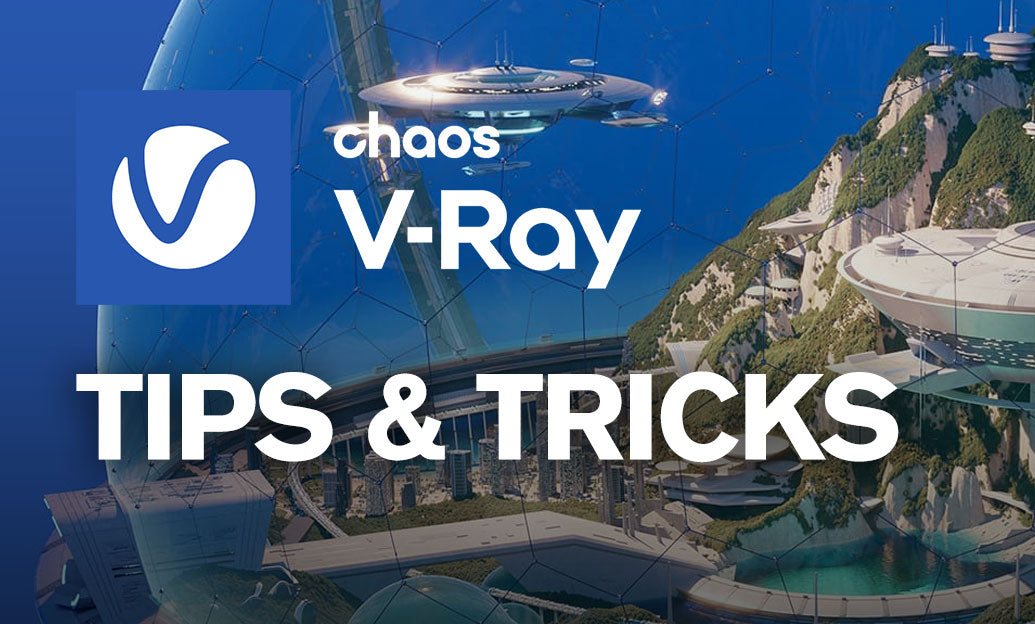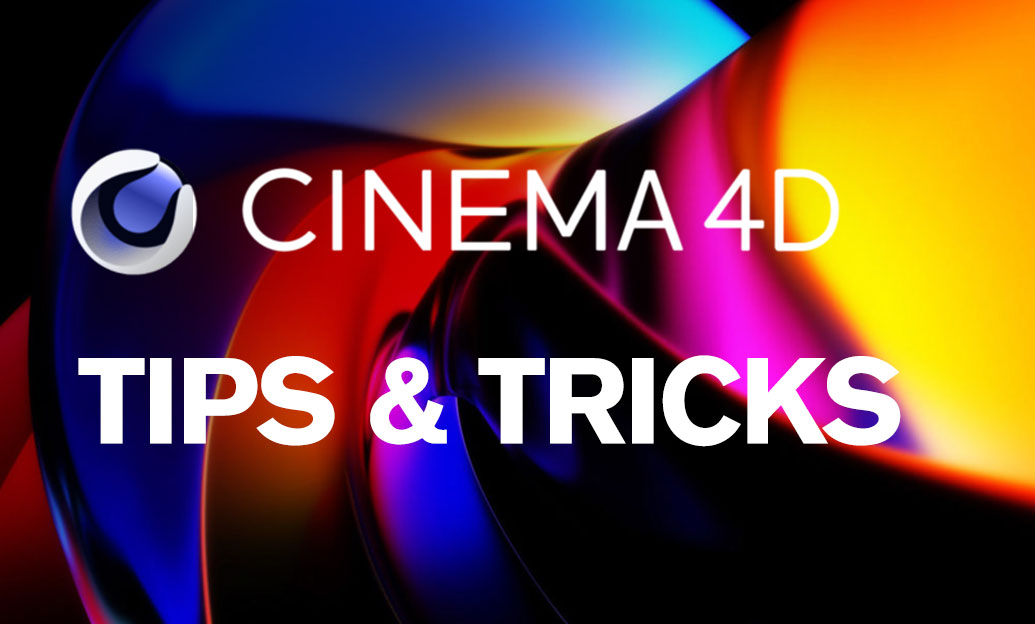Your Cart is Empty
Customer Testimonials
-
"Great customer service. The folks at Novedge were super helpful in navigating a somewhat complicated order including software upgrades and serial numbers in various stages of inactivity. They were friendly and helpful throughout the process.."
Ruben Ruckmark
"Quick & very helpful. We have been using Novedge for years and are very happy with their quick service when we need to make a purchase and excellent support resolving any issues."
Will Woodson
"Scott is the best. He reminds me about subscriptions dates, guides me in the correct direction for updates. He always responds promptly to me. He is literally the reason I continue to work with Novedge and will do so in the future."
Edward Mchugh
"Calvin Lok is “the man”. After my purchase of Sketchup 2021, he called me and provided step-by-step instructions to ease me through difficulties I was having with the setup of my new software."
Mike Borzage
V-Ray Tip: Enhancing V-Ray Render Speed: Key Optimization Strategies
October 12, 2025 2 min read

Maximizing render speed in V-Ray can significantly enhance your workflow efficiency and project turnaround times. Here are key strategies to optimize V-Ray’s render speed:
-
Optimize Render Settings:
- Start by adjusting the image sampler settings. Use the Adaptive DMC sampler for a balance between speed and quality.
- Lower the Min Subdivs and increase the Max Subdivs as needed to control noise without excessive rendering time.
-
Utilize GPU Rendering:
- Leverage V-Ray’s CUDA-enabled GPU rendering to accelerate computation-heavy tasks.
- Ensure your hardware is compatible and optimized for V-Ray’s GPU capabilities by consulting resources like NOVEDGE.
-
Efficient Global Illumination (GI) Settings:
- Use the Light Cache for primary GI at lower settings to speed up initial calculations.
- Switch to more accurate GI solvers like Brute Force only for final renders where necessary.
-
Optimize Texture Usage:
- Reduce texture resolutions where high detail is not critical to decrease memory usage and render times.
- Use procedural textures instead of bitmap textures to minimize disk reads and improve performance.
-
Manage Scene Complexity:
- Simplify geometry by removing unnecessary details or using V-Ray proxies for complex objects.
- Instance repeated objects instead of duplicating them to save memory and processing power.
-
Leverage V-Ray’s Distributed Rendering:
- Distribute rendering tasks across multiple machines to reduce overall render time.
- Ensure your network setup is optimized for speed and reliability by utilizing solutions from NOVEDGE.
-
Optimize Lighting:
- Use fewer light sources and optimize their settings to reduce the computational load.
- Implement V-Ray’s Light Mix feature to adjust lighting in post-production without re-rendering.
-
Use Render Layers and Elements:
- Break down complex scenes into render layers to isolate and manage different elements more effectively.
- This approach allows for faster troubleshooting and adjustments without re-rendering the entire scene.
-
Implement Efficient Material Settings:
- Limit the use of complex shaders and reduce reflection and refraction bounces where possible.
- Utilize V-Ray’s optimized material presets to achieve desired effects with minimal processing.
-
Utilize V-Ray's Frame Buffer:
- Take advantage of V-Ray’s Frame Buffer features for faster previews and adjustments, enabling real-time feedback.
- Use history options to compare renders without initiating a full new render.
-
Keep Software and Plugins Updated:
- Ensure you are using the latest version of V-Ray and any associated plugins to benefit from performance improvements and optimizations.
- Stay informed about updates through platforms like NOVEDGE to maintain maximum efficiency.
By implementing these strategies, you can significantly enhance V-Ray’s render speed, allowing for more efficient project completion and higher productivity. For more advanced tips and resources, visit NOVEDGE.
You can find all the V-Ray products on the NOVEDGE web site at this page.
Also in Design News

Cinema 4D Tip: Optimizing 3D Geometry with Cinema 4D's Stitch and Sew Tool
October 12, 2025 2 min read
Read More
Bluebeam Tip: Enhance Project Documentation with Custom Columns in Bluebeam Revu
October 12, 2025 2 min read
Read More
ZBrush Tip: Maximizing ZBrush Surface Noise for Enhanced Texturing
October 12, 2025 2 min read
Read MoreSubscribe
Sign up to get the latest on sales, new releases and more …


